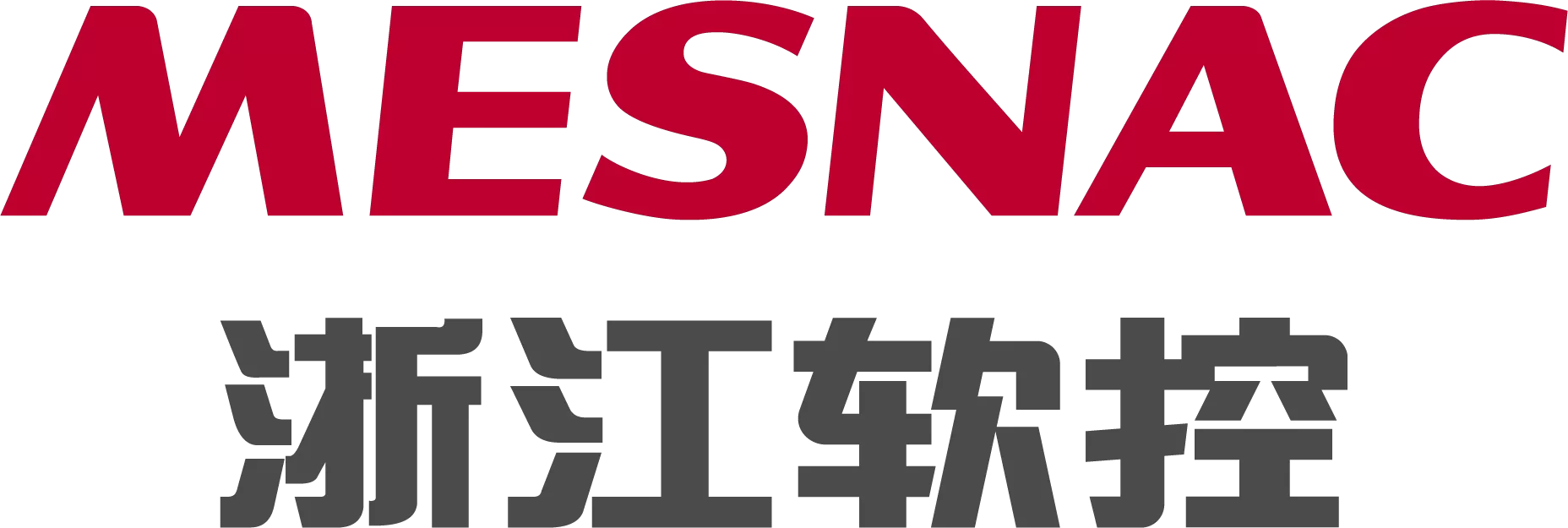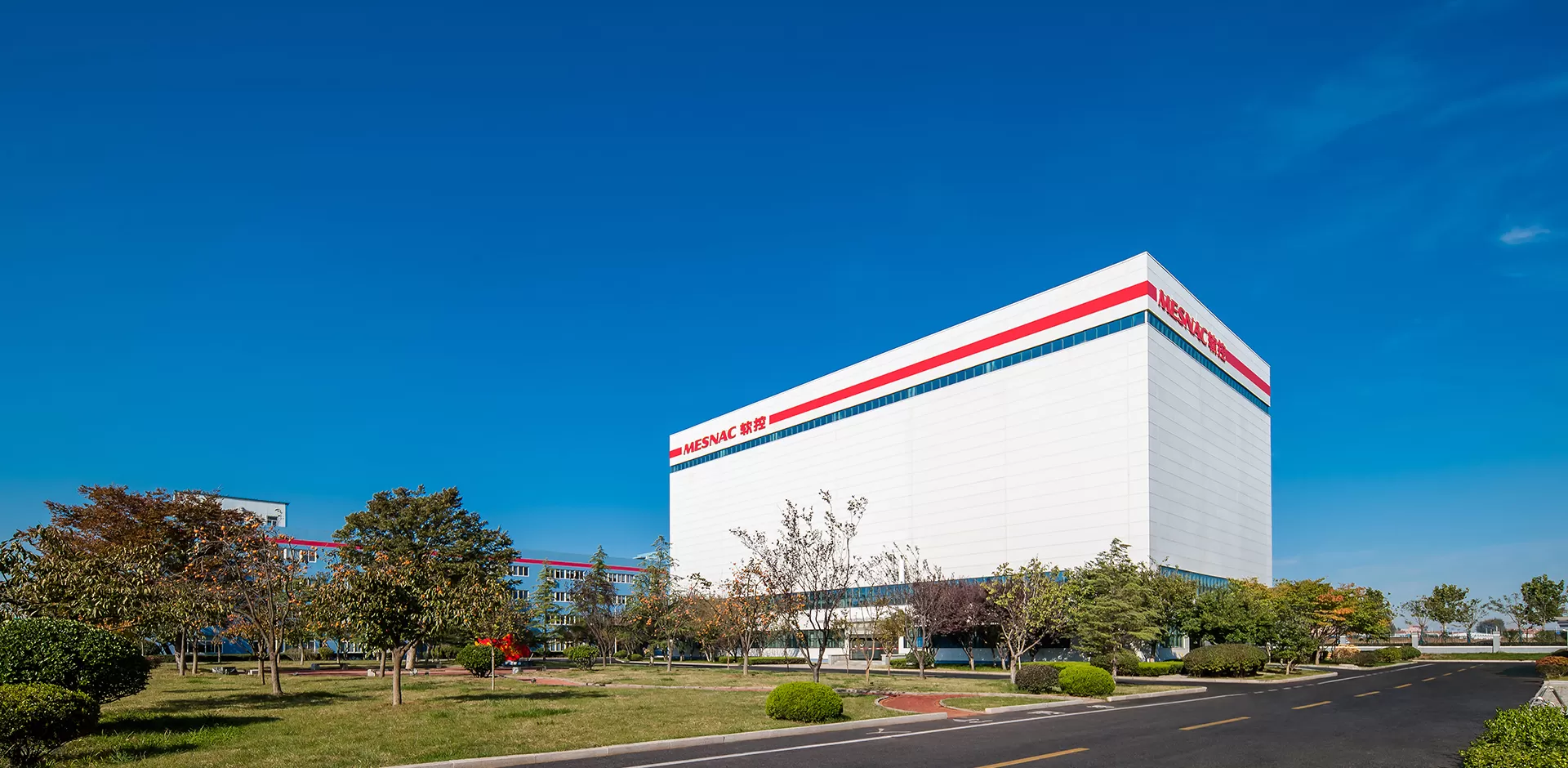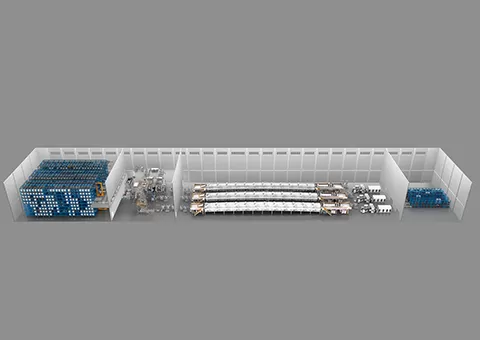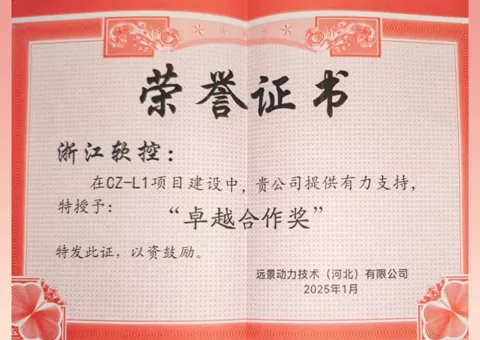The chemical and pharmaceutical industry places strict demands on safety, environmental protection, and hygiene throughout the production process. The application of powder transfer machines in the production of active pharmaceutical ingredients (APIs) has become increasingly widespread. By optimizing powder transfer methods and adopting efficient and automated powder transfer machines, companies not only improve production efficiency and reduce manual labor but also effectively control dust pollution and reduce safety risks.
Limitations of Traditional Conveying Methods
The production process of active pharmaceutical ingredients involves multiple stages, including centrifugal separation, drying, grinding, sieving, mixing, and packaging. In the past, the transportation of powder materials mainly relied on manual handling and transfer carts, which were labor-intensive, inefficient, and prone to dust spillage, posing a threat to the production environment and worker health. Moreover, manual handling can introduce risks of cross-contamination, impacting product quality. As a result, an increasing number of companies have begun to adopt automated powder transfer machines to replace traditional methods.
Screw Conveyors: Compact and Suitable for Short-Distance Conveying
Screw conveyors are a common type of powder transfer machine with a simple structure and small footprint, making them suitable for installation and operation in tight spaces where other equipment may be difficult to use. They are stable in operation, low in manufacturing cost, and capable of multi-point feeding and discharging, making them ideal for short-distance conveying. The closed design of the conveyor reduces dust leakage, which is more environmentally friendly. However, screw conveyors are limited in their ability to handle complex transportation paths, such as vertical or steep-angle conveying, and are relatively difficult to clean internally. Therefore, they have some limitations in certain application scenarios.
Tubular Chain Conveyors: Adapting to Complex Conveying Paths
Tubular chain conveyors are an efficient type of powder transfer machine that uses a plate chain to move materials along a closed pipeline. These conveyors can accommodate various transportation paths, including horizontal, vertical, and curved paths, making them highly flexible and adaptable to different production environments. Tubular chain conveyors have a high capacity, support long-distance conveying, and can integrate with other equipment to facilitate processes such as unpacking, unloading, mixing, drying, cooling, sorting, and packaging. Since the material is conveyed in a fully enclosed system, no dust pollution is generated, making it widely used in the chemical and pharmaceutical industries.
Pneumatic Conveying: Efficient Long-Distance Transport
Pneumatic conveying is another important type of powder transfer machine. It uses airflow energy to transport powdered or granular materials within a closed pipeline. This method allows for long-distance, high-speed conveying in horizontal, vertical, or inclined directions and can achieve multi-point feeding and discharging. Additionally, pneumatic conveying can be combined with other processes, such as heating, cooling, or drying, to improve production efficiency. As the entire conveying process occurs within a closed system, it effectively prevents dust spillage, enhancing production safety and cleanliness.
Choosing the Right Powder Transfer Machine
When selecting a powder transfer machine, chemical and pharmaceutical companies need to conduct a comprehensive evaluation based on specific conveying requirements and the on-site environment. Proper equipment selection not only enhances production efficiency and stabilizes product quality but also reduces manual labor, minimizes environmental and safety risks, and brings significant economic benefits to the company. MESNAC focuses on providing efficient and safe powder transfer machine solutions to help the chemical and pharmaceutical industry achieve intelligent production.






 English
English  中文
中文 



